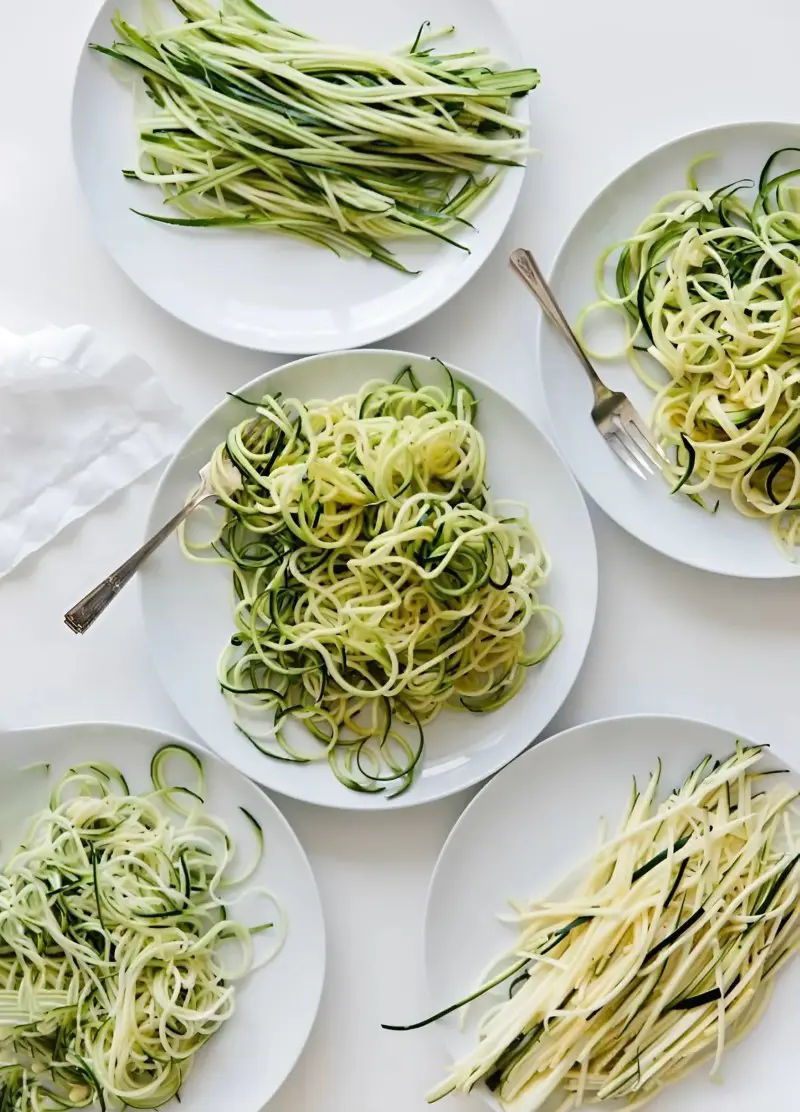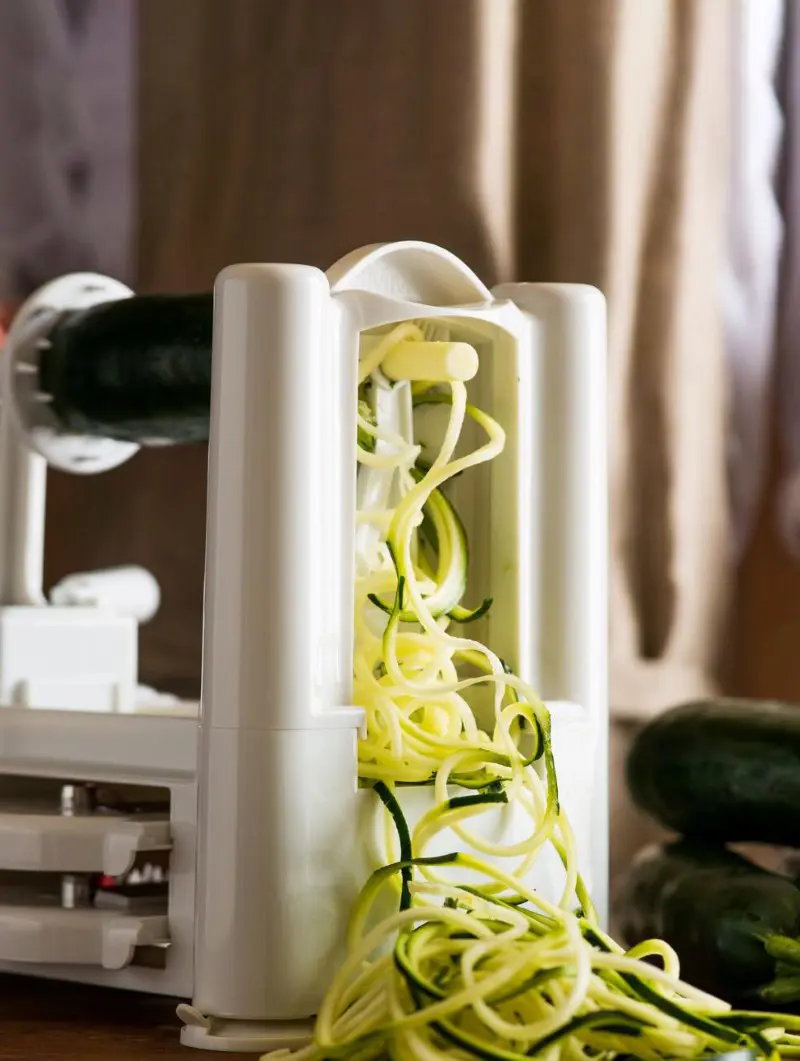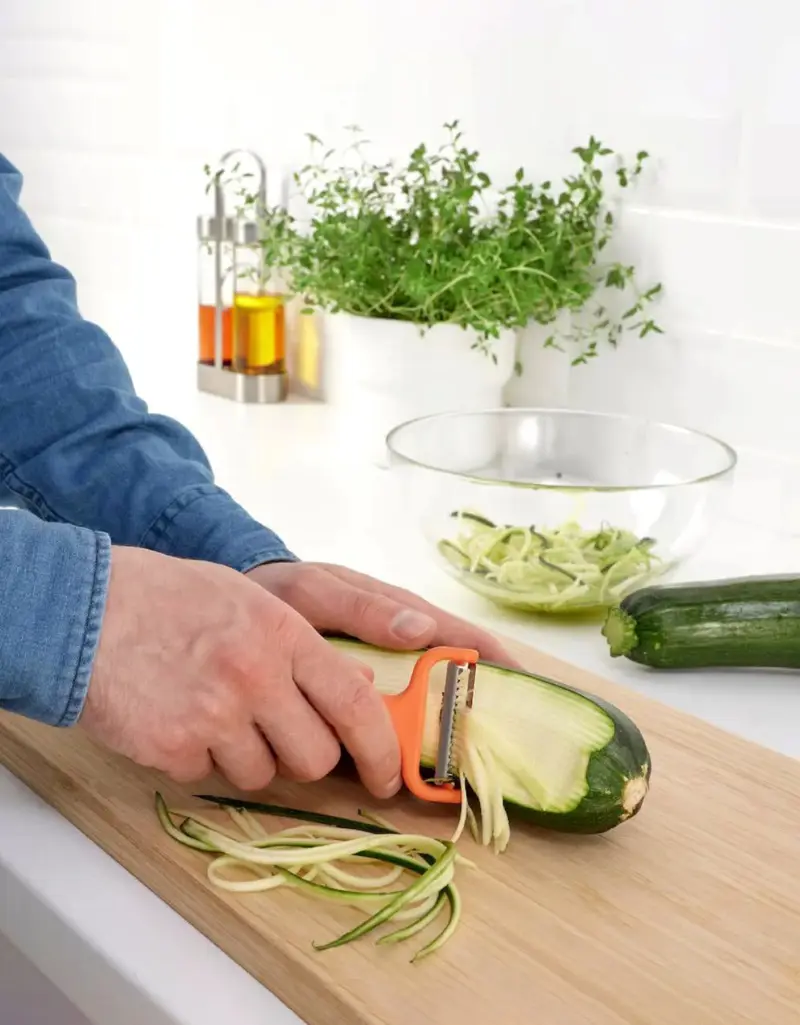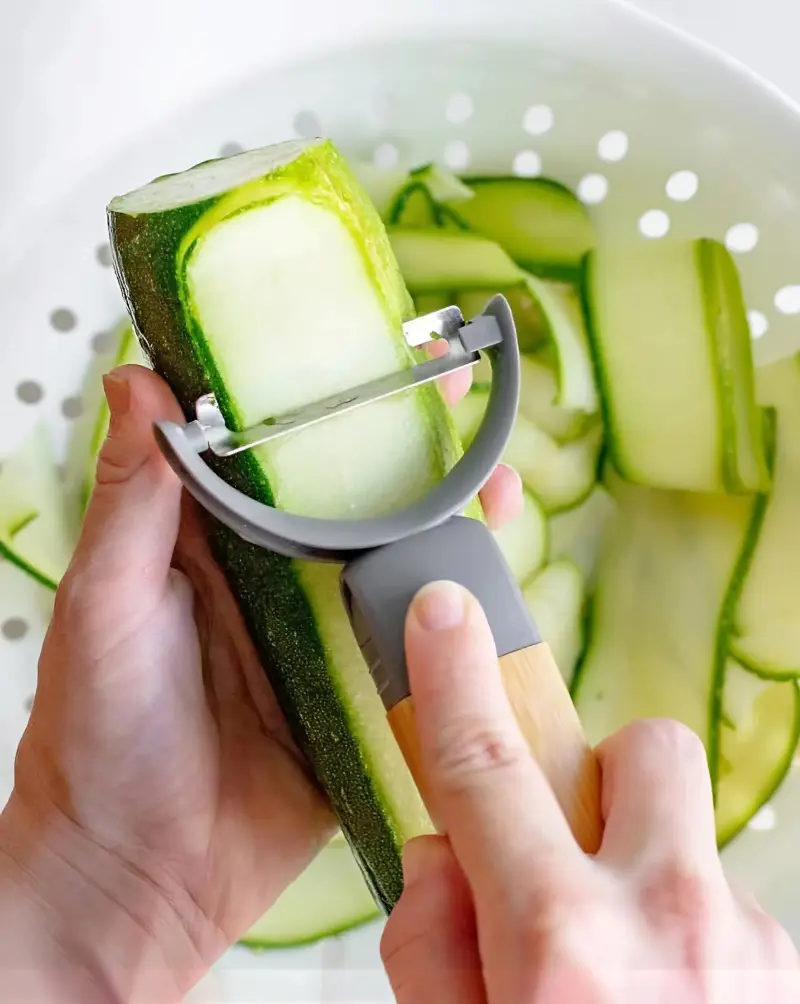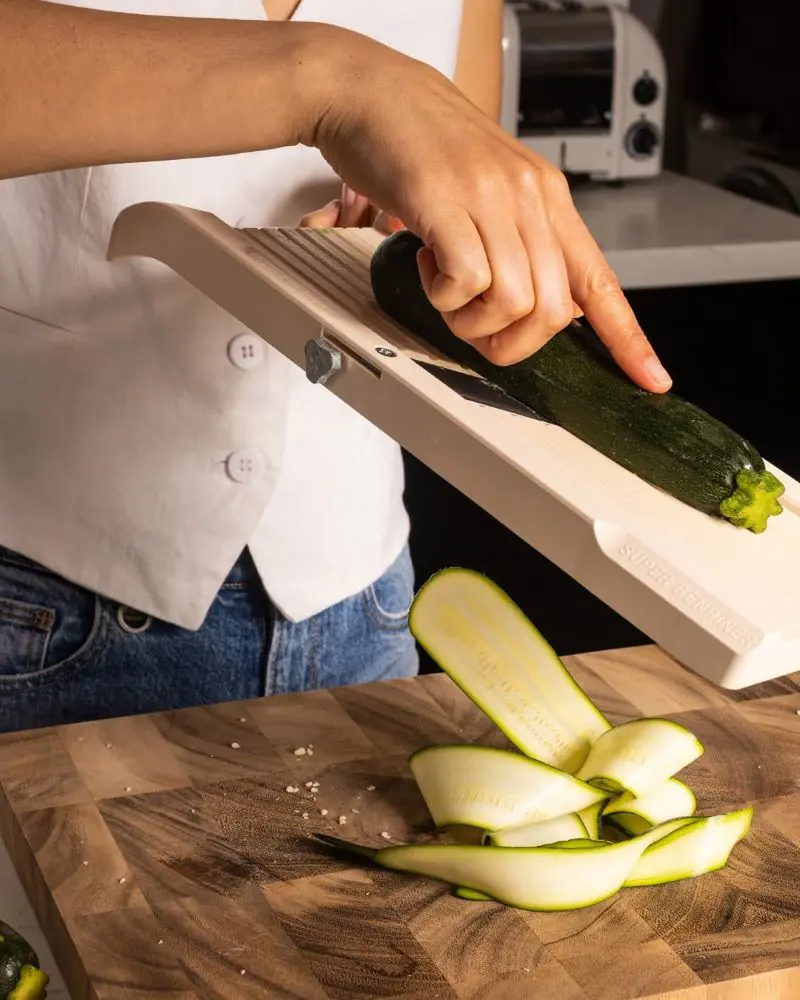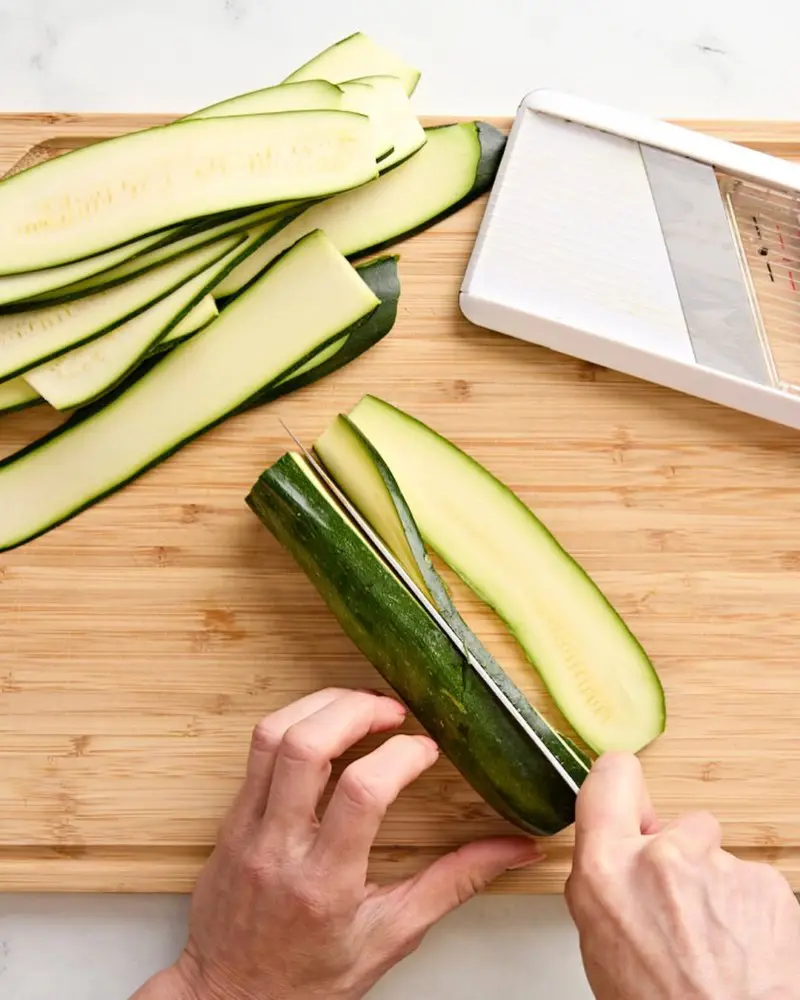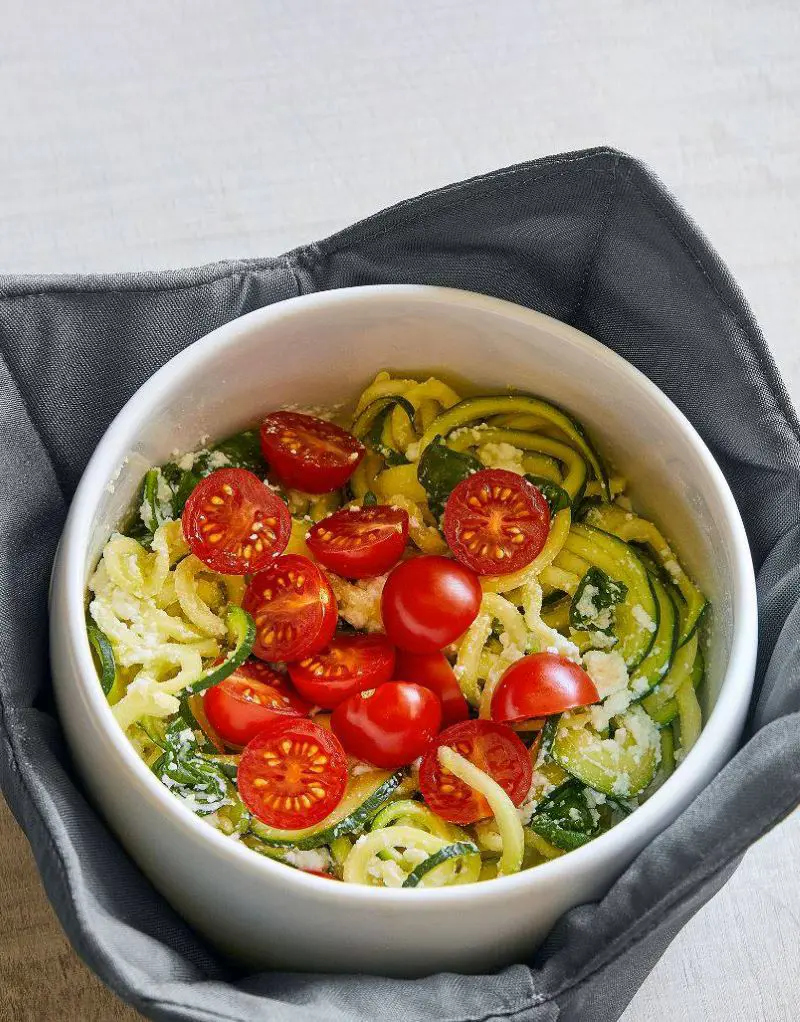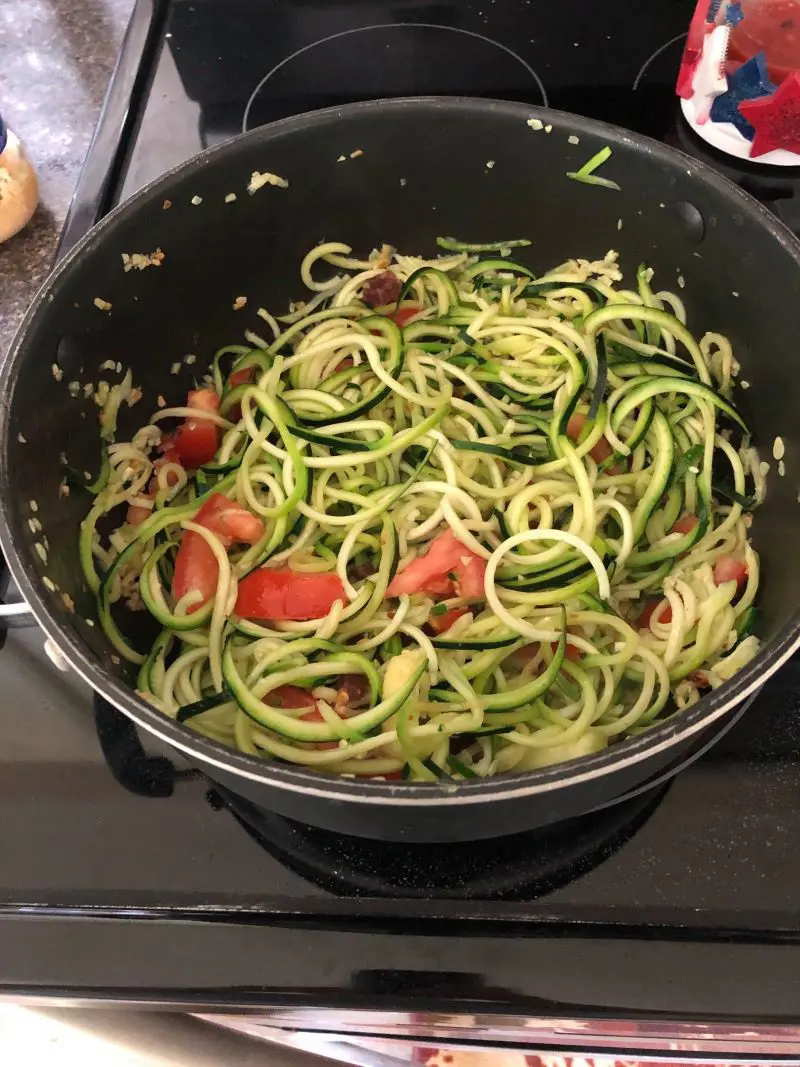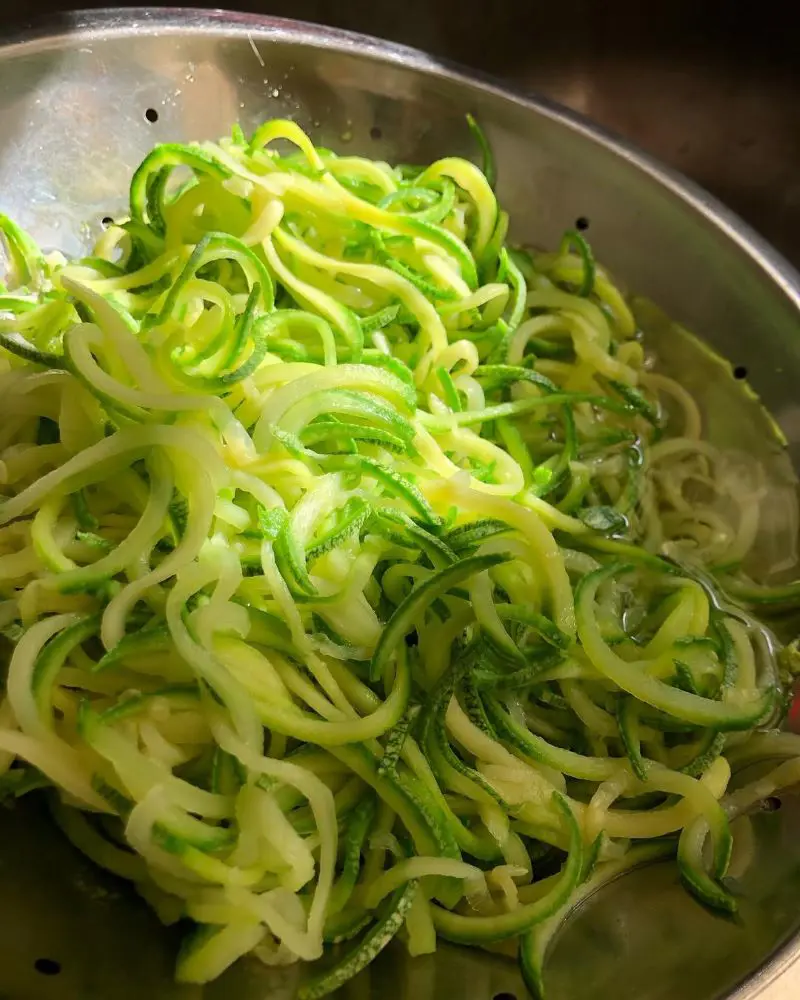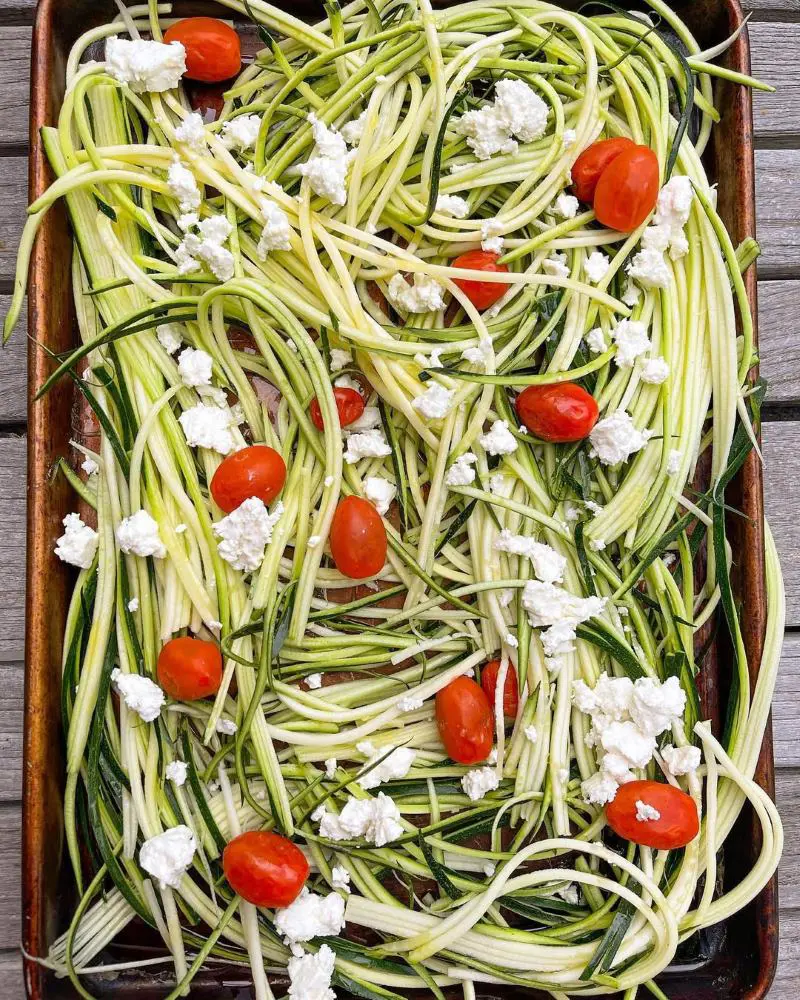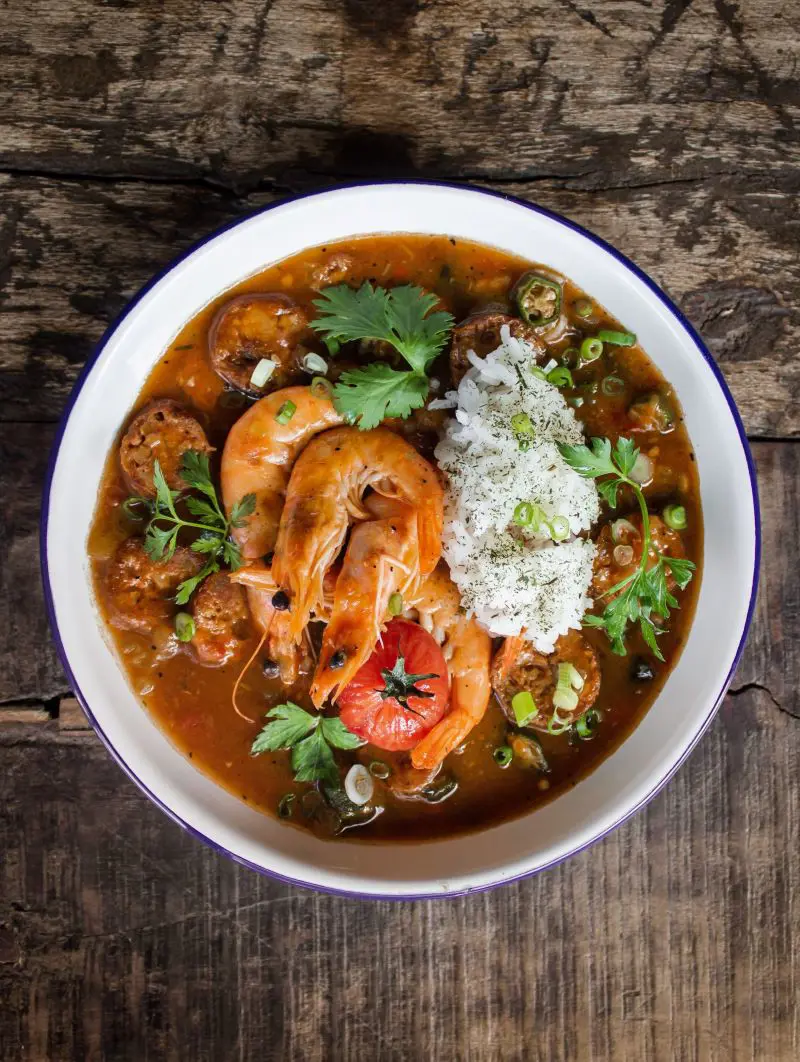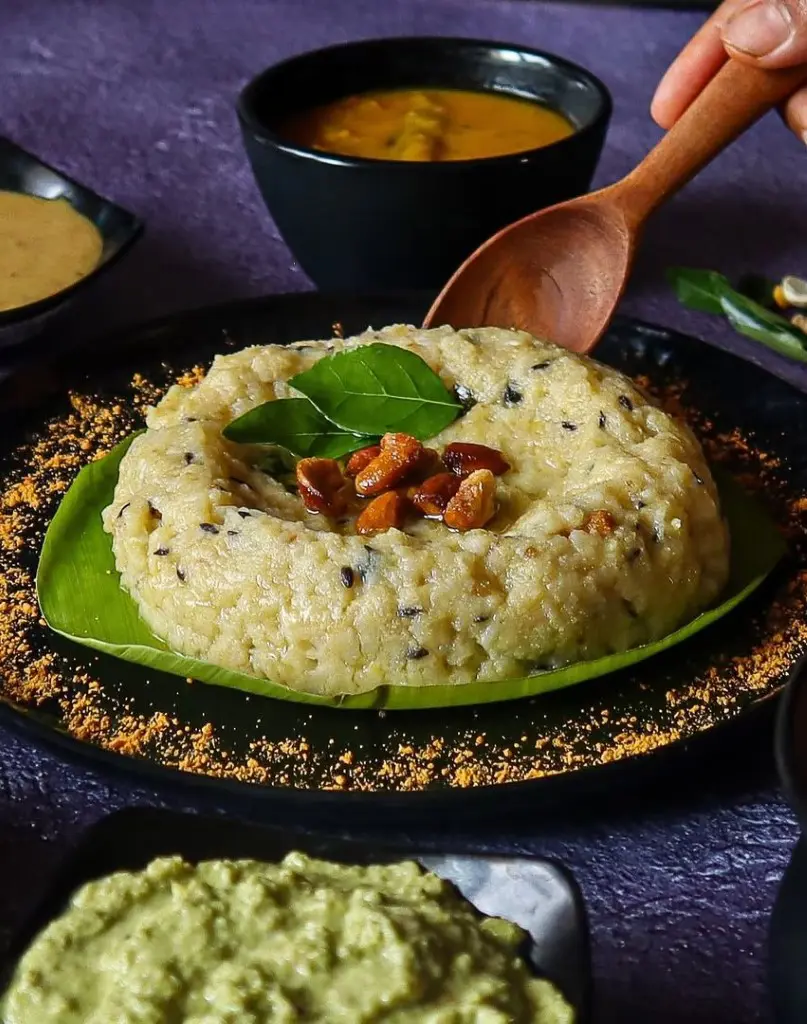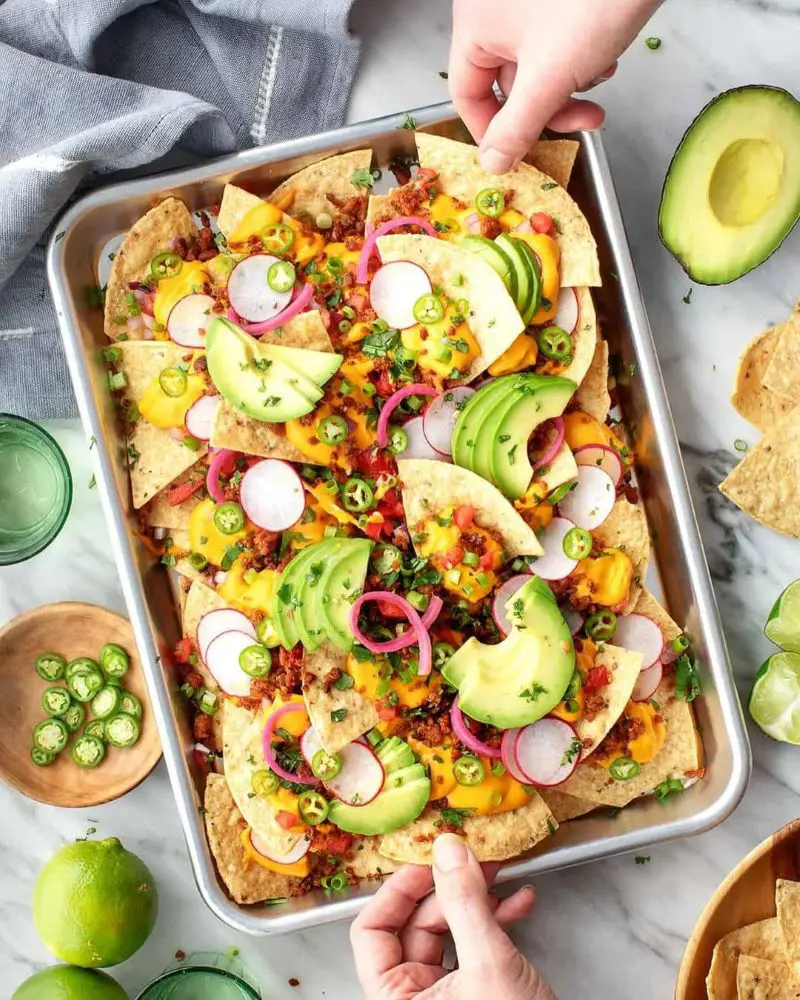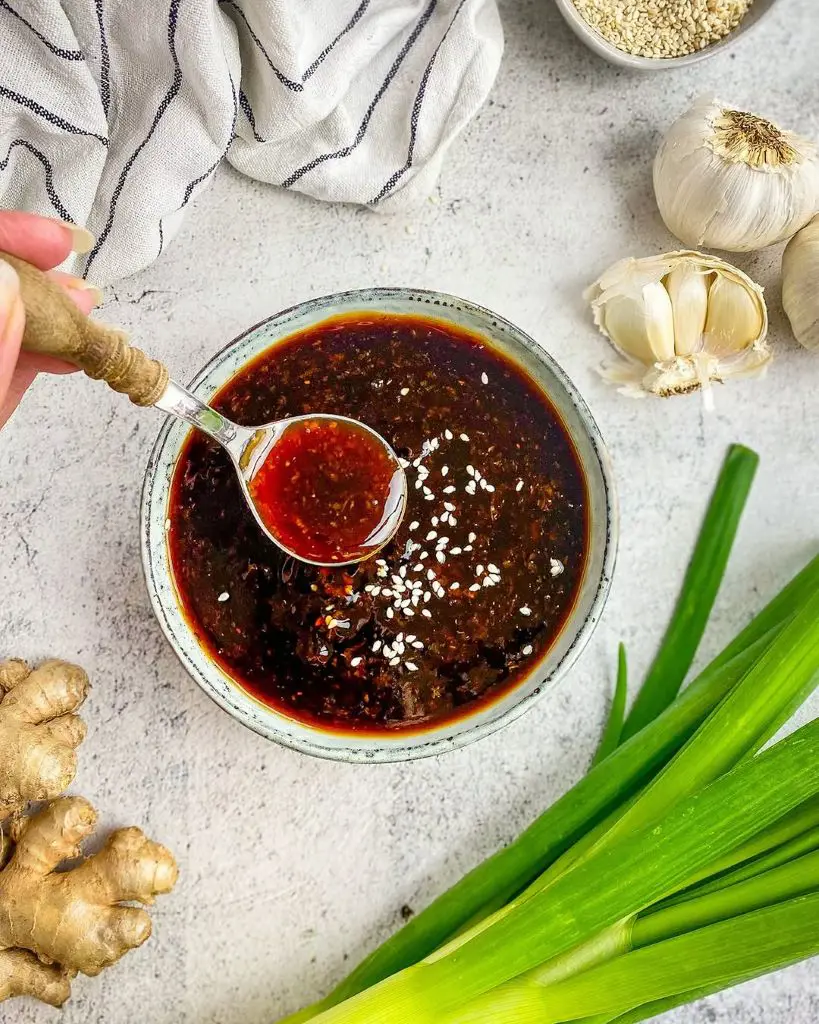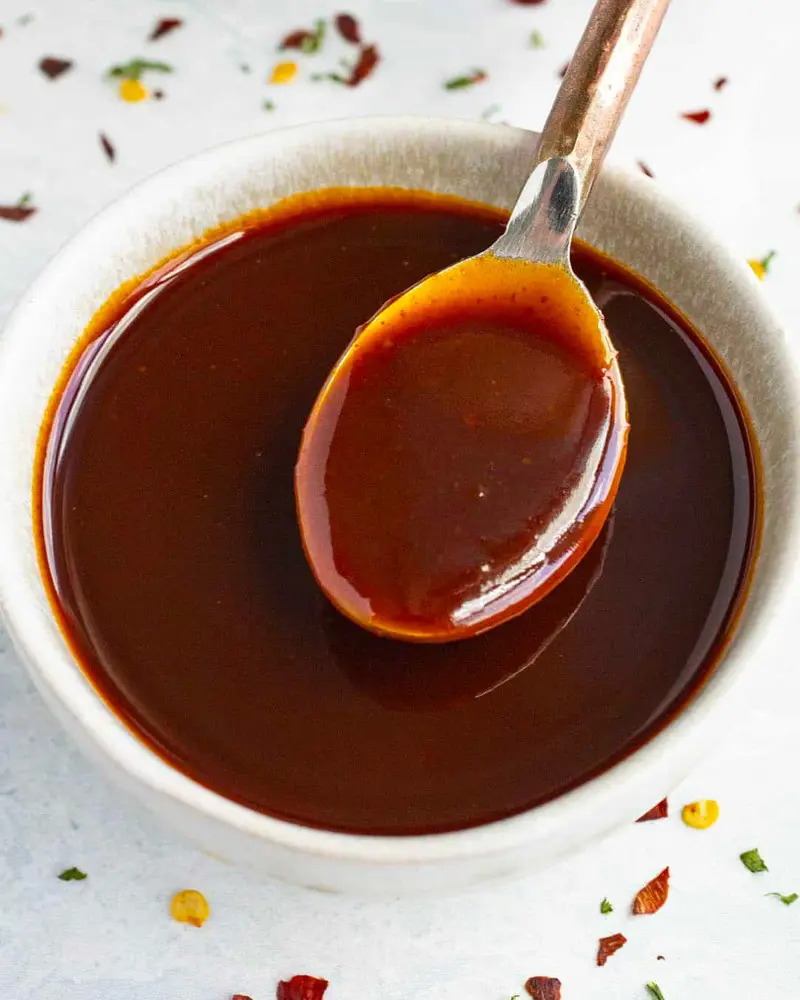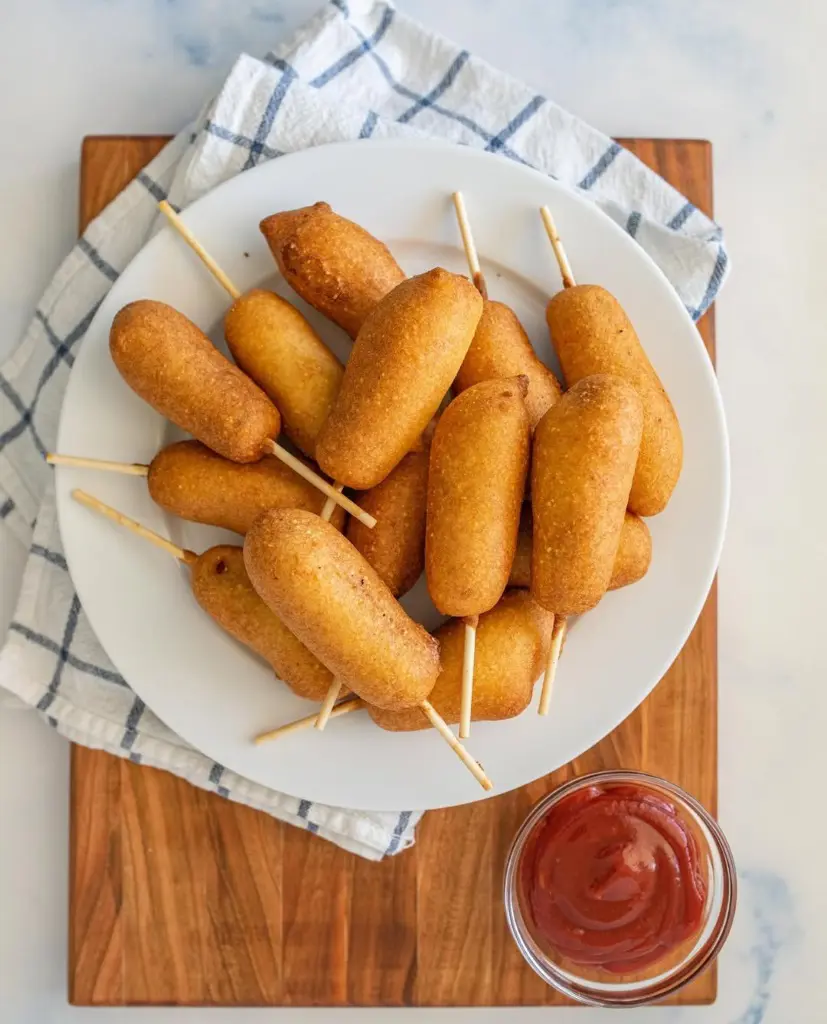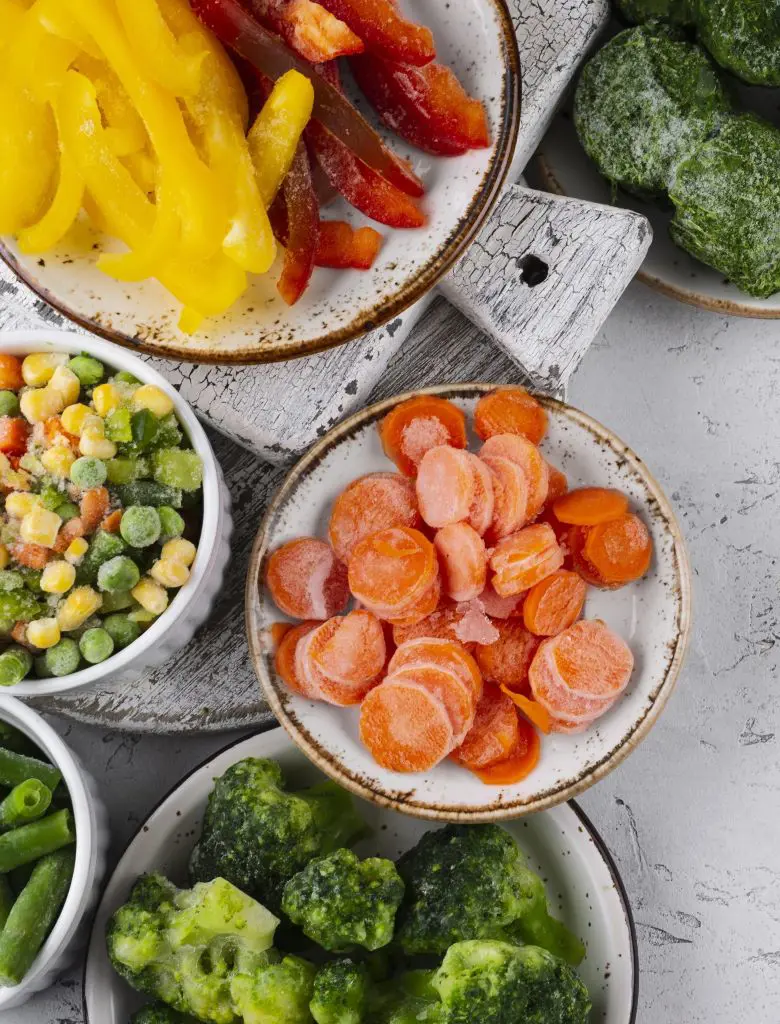Zucchini noodles are incredibly versatile, containing 95% water content which demands careful preparation. The key to perfect zoodles lies in heating them rather than traditionally cooking them.
Learning how to cook zucchini properly prevents them from becoming a watery, mushy disappointment. Raw consumption offers a quick and refreshing option - simply spiralize, combine with preferred ingredients, and serve.
This method preserves the noodles' crisp texture while providing a light, refreshing meal.
When working with warm dishes, adding heated sauce over raw noodles often provides sufficient warmth without compromising texture. A brief pan saute of about one minute over medium heat works well when combining zoodles with other sauteed vegetables.
The goal remains to warm them through while maintaining that desirable al dente bite. For lasagna preparations, baking until tender but still firm delivers optimal results, with timing similar to traditional pasta versions.
Here are some popular ways to prepare zucchini noodles.
